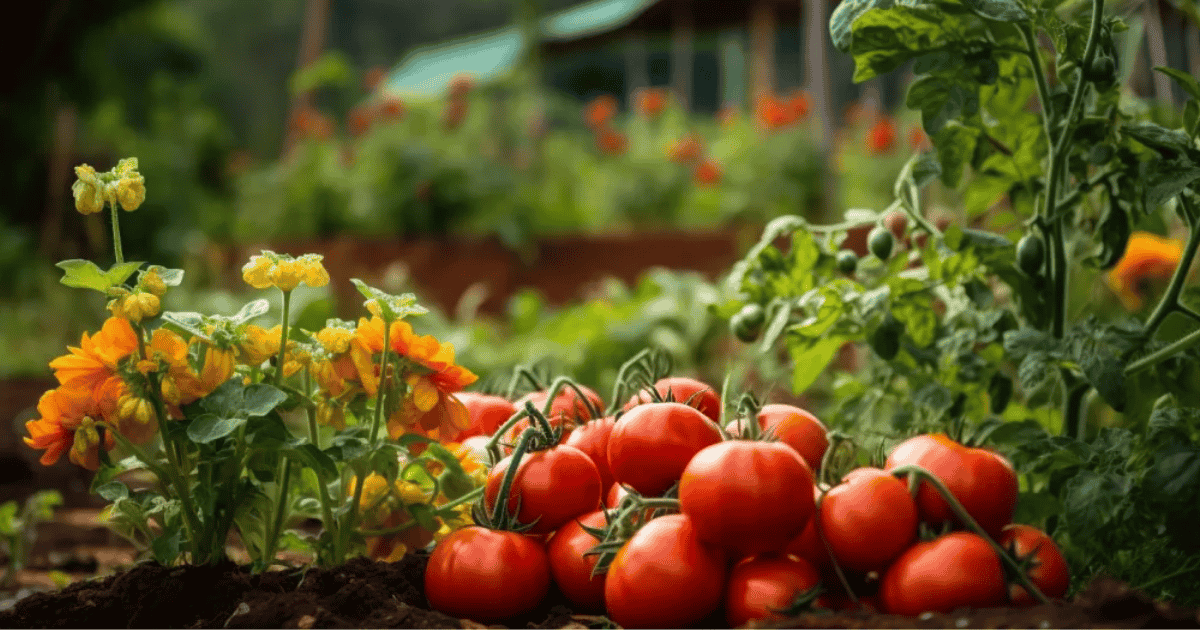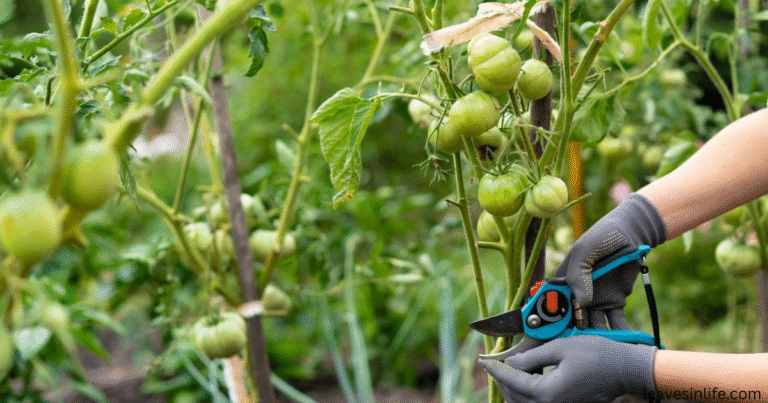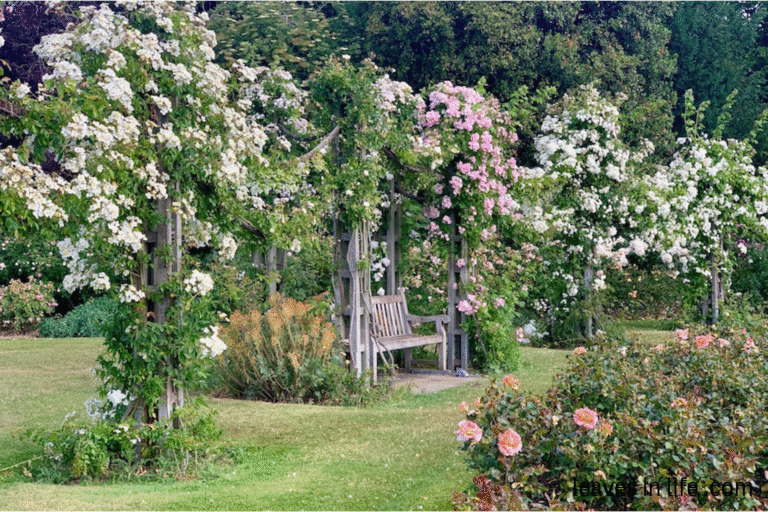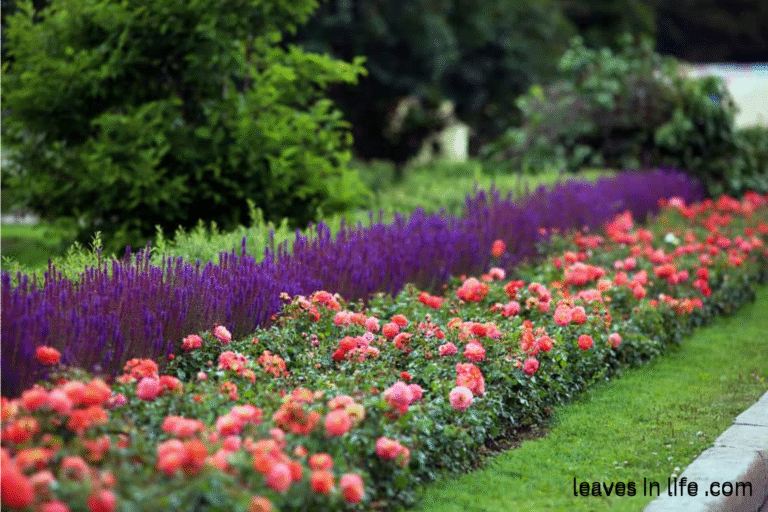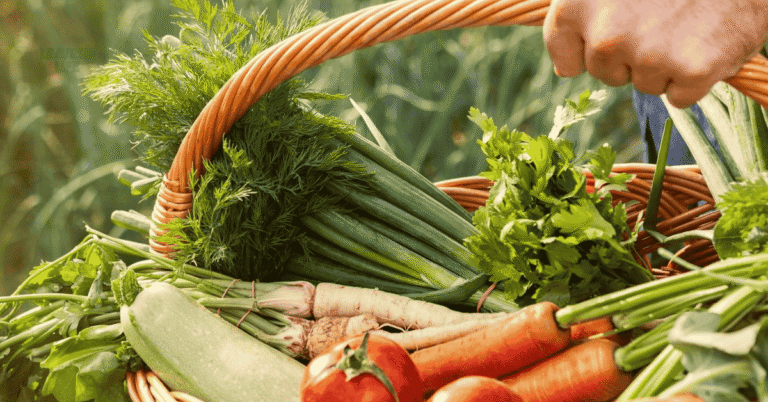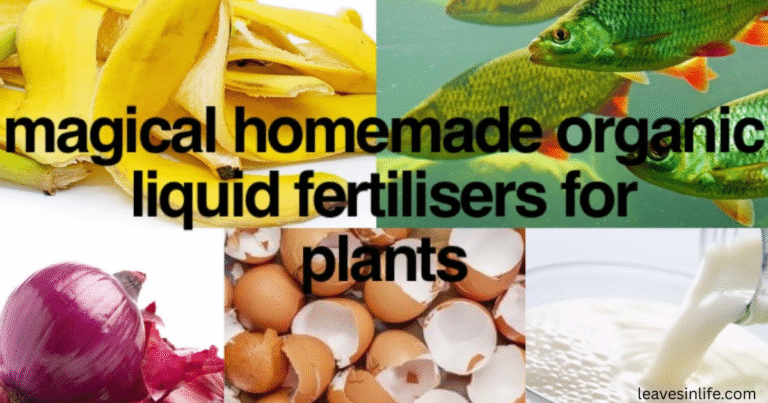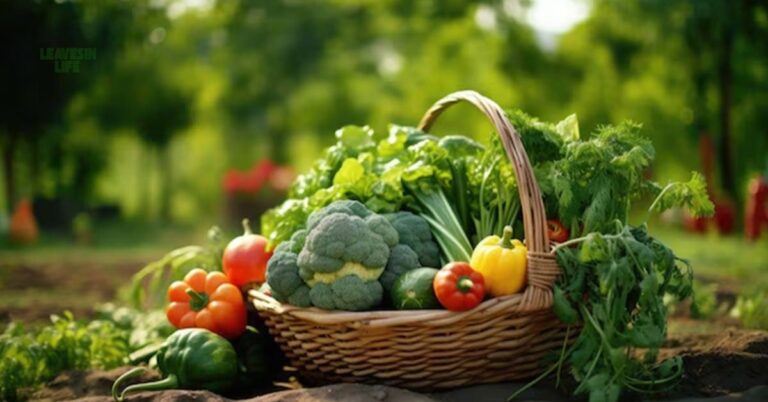If you are wondering for what to plant with tomatoes, here is the answer. A plant which is either benevolent for the tomato plants or can be grown with them without causing any type of damage. Here is a list of plants that I would suggest you to plant with your tomato plants on the basis of benefits they carry for your tomato plants.
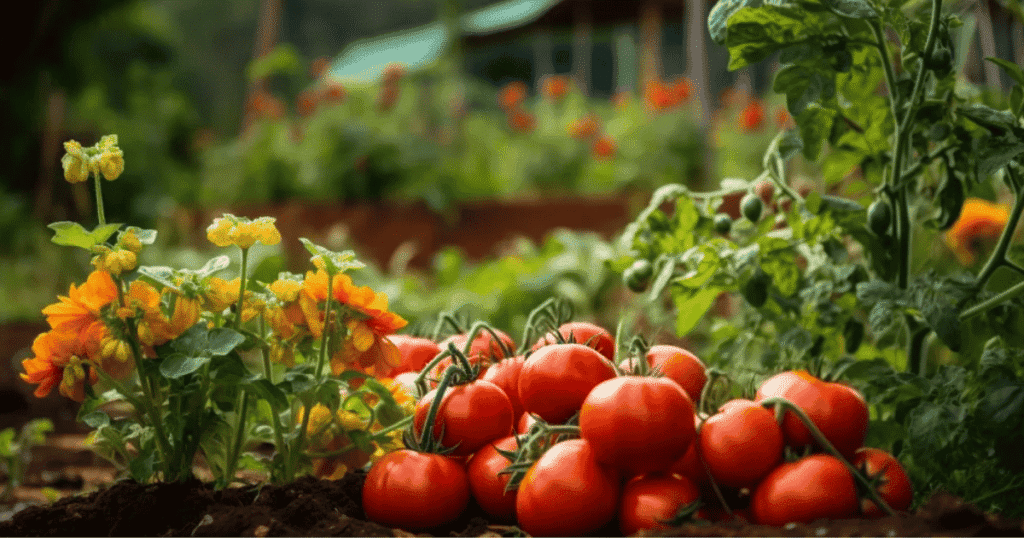
What are Companion Plants?
Companion plants are different plant species grown close together because they positively influence each other’s growth, health, or productivity. When you’re deciding if one plant can be a companion to another, you should look at some key properties:
- Nutrient Needs
- Root System
- Growth Habit & Size
- Pest & Disease Interaction
- Water Requirements
- Sunlight Preference
- Maturity Time
- Allelopathy (Chemical Effect)
Benefits of planting tomatoes with other plants
Companion planting helps with space optimization, crop rotation, and reduced need for chemical pesticides/fertilizers. following benefits are served to human since old ages when classical gardening started and man started pairing plants to get mutual benefits. Here is a broad description of basic benefits.
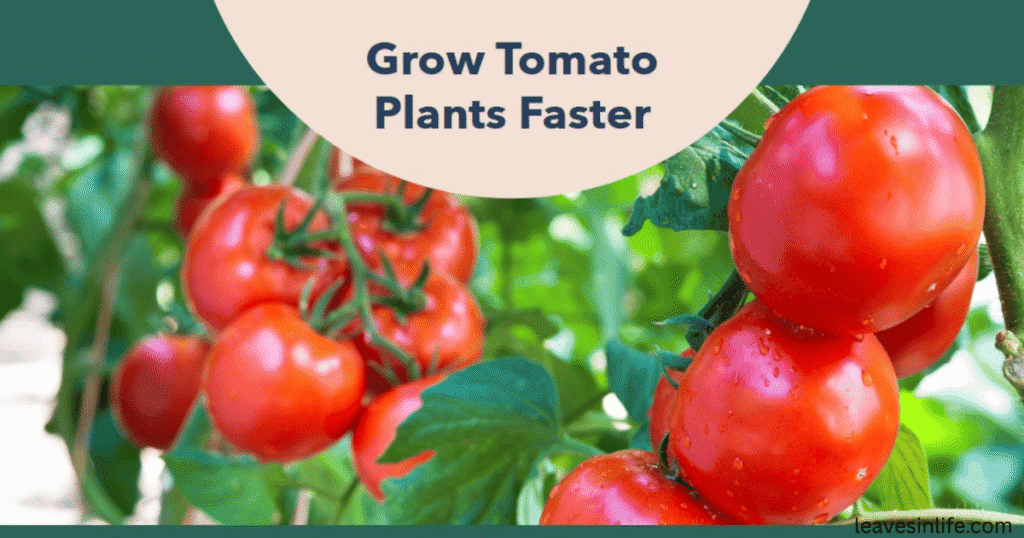
- Better Growth & Yield
- Plants support each other’s growth, leading to healthier crops and sometimes higher harvests.
- Natural Pest Control
- Certain plants repel harmful insects or act as trap crops to protect others.
- Example: Marigolds repel nematodes, basil repels flies near tomatoes.
- Attracting Beneficial Insects
- Flowers or herbs can bring in pollinators (bees, butterflies) and predators (ladybugs) that eat pests.
- Improved Soil Fertility
- Legumes add nitrogen, deep-rooted plants bring up nutrients, and ground covers protect soil from erosion.
- Efficient Space Use
- Tall and climbing plants share vertical space, while low-growing ones cover the ground.
- Weed Suppression
- Ground-cover companions reduce sunlight for weeds, keeping them under control.
- Disease Reduction
- Mixing plant species makes it harder for diseases to spread compared to monoculture.
- Micro-climate Benefits
- Some plants provide shade, windbreak, or moisture retention for delicate neighbors.
- Biodiversity & Balance
- Companion planting encourages a healthier, more balanced mini-ecosystem in the garden.
- Reduced Chemical Use: With natural pest and soil management, there’s less need for pesticides and fertilisers.
What to plant with tomatoes to increase tomato yeild
If your goal is high yield tomatoes, you need companions that:
- Improve soil fertility
- deter pests
- attract pollinators
- Don’t compete heavily for nutrients.
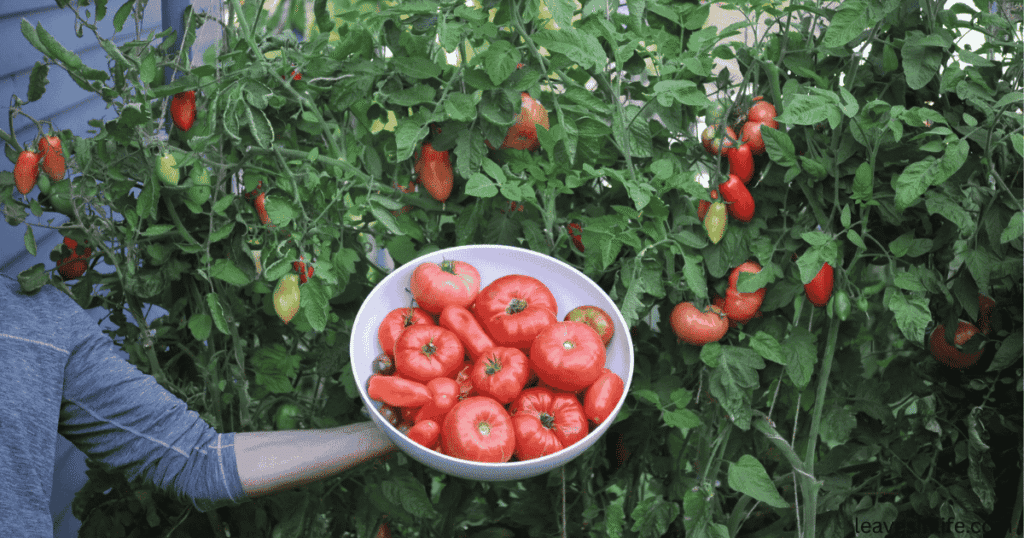
The “Holy companion planting combo” for tomatoes that balances growth, protection, and soil health is:
Tomatoes + Basil + Marigolds + Beans (nitrogen fixers) + Lettuce (ground cover).
What to plant with tomatoes for repelling pests
When you are choosing companion plants to repel pests near tomatoes, look for a mix of strongly aromatic plants . Basil, garlic, and chives mask the tomato’s scent and confuse pests. Add plants with natural chemical repellents such as marigolds. It helps deter soil nematodes, and include trap crops like nasturtiums that draw aphids and white-flies away from tomatoes. I always got confused about what to plant with tomatoes to repel the pests. Low-growing ground covers such as oregano or thyme help block weeds and further confuse pests, . By combining these traits, you create a natural protective shield around your tomatoes ,like I did, that discourages pests and supports strong growth.
Overview
- Marigold – Plant between tomato rows to attract pollinators and naturally deter nematodes and whiteflies.
- Garlic – Place garlic near tomatoes to repel red spider mites and protect plants from fungal diseases.
- Peppermint – Grow in pots close to tomatoes to confuse pests with strong aroma while drawing beneficial insects.
- Nasturtiums – Let them trail near tomatoes to pull aphids away and bring in pollinators with bright blooms.
- Basil – Grow close to tomatoes to enhance flavor, attract bees, and repel harmful insects like mosquitoes.
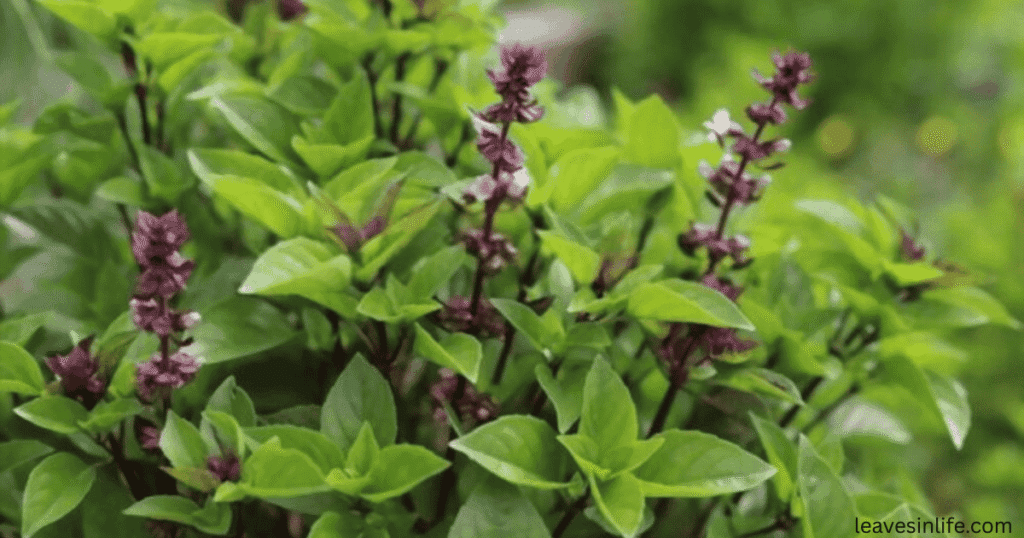
Basil (Ocimum basilicum)
If you are wondering what to plant with tomatoes for high yield, basil is a top choice. It naturally repels pests like horn-worms and white-flies, attracts pollinators, and even enhances tomato flavour. plant basil 10–12 inches away from tomato plants, either between rows or as a border, you can boost growth and keep the garden healthier this way.
Tips to grow basil near tomatoes:
- Plant 10–12 inches away.
- Water regularly, but don’t overwater.
- Pinch off flowers to keep it strong.
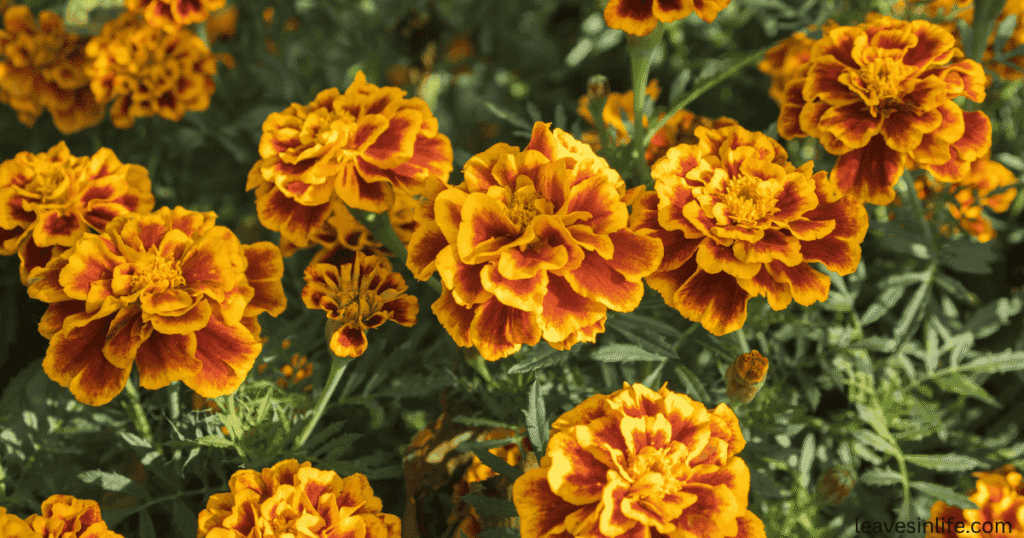
Marigold
Marigold is one of the most reliable answers when asking what to plant with tomatoes because it acts like a natural shield. It repels aphids, white-flies, and nematodes while attracting pollinators that boost tomato yield. Planting marigolds around or between tomato plants keeps the garden healthier and more productive.
Tips to grow marigold near tomatoes:
- Plant around or between tomato rows.
- Give them full sun and regular watering.
- Remove faded flowers to keep blooms coming.
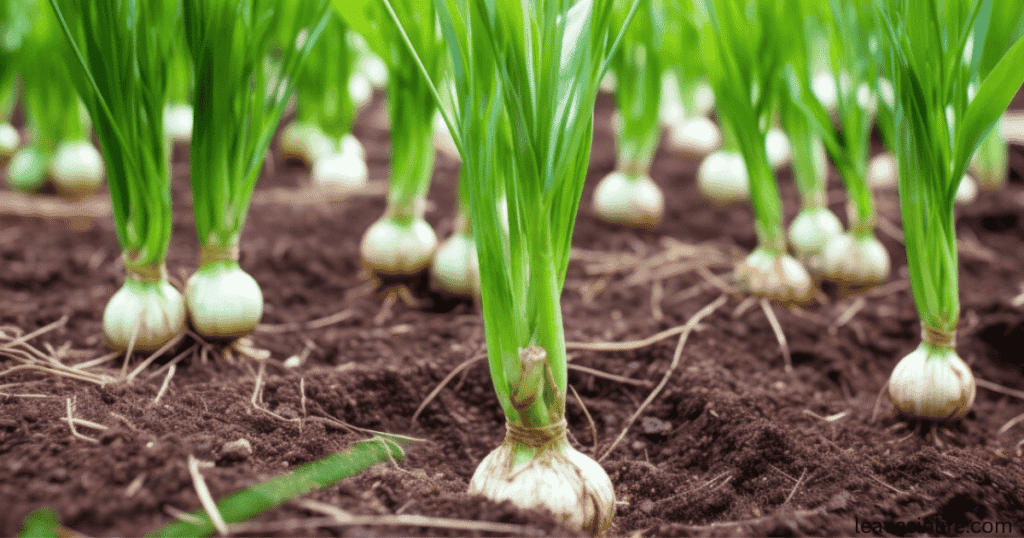
Garlic
Garlic is also a smart choice if you’re considering what to plant with tomatoes. It naturally repels pests like spider mites, aphids, and whiteflies that often damage tomato plants. Since garlic has a small root system and grows compactly, it doesn’t compete much for nutrients, making it easy to inter-plant between or around tomatoes. This pairing helps protect the crop and supports higher yields.
Tips to grow garlic near tomatoes:
- Plant garlic cloves a few inches away from tomato stems.
- Choose well-drained soil and keep it evenly moist.
- Harvest when leaves turn yellow and start to dry.

Peppermint
Peppermint is another helpful option when deciding what to plant with tomatoes. Its strong scent confuses and repels pests like aphids, white-flies, and even ants, while also attracting beneficial insects to the garden. Since peppermint spreads quickly, it’s best to grow it in pots placed near tomato plants rather than directly in the soil, so it protects tomatoes without taking over the bed
Tips to grow peppermint near tomatoes:
- Always grow peppermint in pots to stop it from spreading too much.
- Place the pots close to tomato plants for best pest-repelling effect.
- Keep soil moist and trim regularly to control growth.
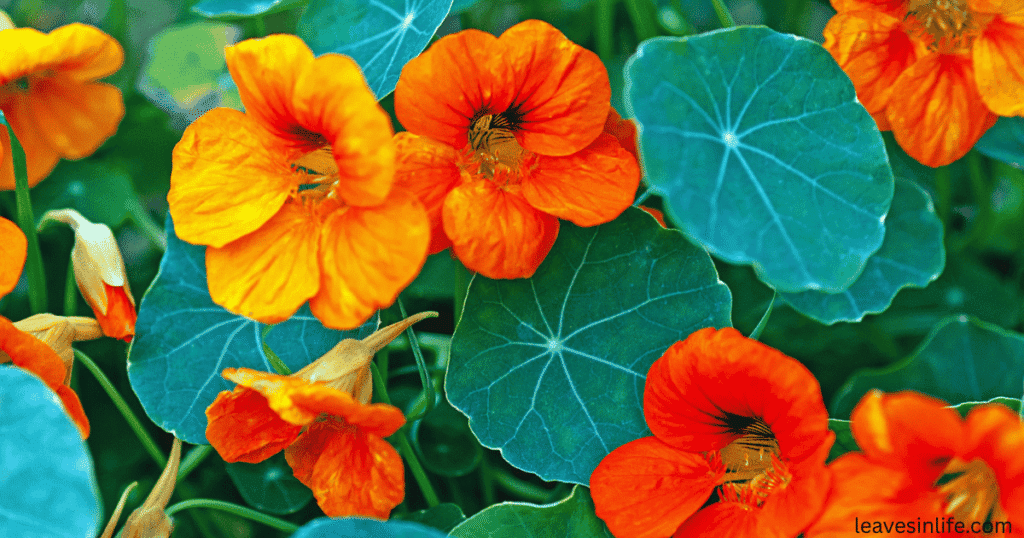
Nasturtiums
Nasturtiums are highly effective if you’re exploring what to plant with tomatoes. They work as a natural trap crop, attracting pests like aphids, whiteflies, and caterpillars away from tomatoes, while their bright flowers also draw pollinators. Plant nasturtiums at the edges or between tomato rows to keep harmful insects distracted and to boost overall tomato health and yield.
Tips to grow Nasturtiums near tomatoes:
- Sow nasturtium seeds at the edges or between tomato rows.
- Let the vines trail naturally to act as a trap crop for pests.
- Water lightly and avoid over-fertilizing, as they bloom better in poorer soil.
What to plant with tomatoes to increase pollination
You should plant a mix of herbs and flowers around or near your tomato patch to increases pollination while also help with pest control.
Overview
- Borage – Sow beside tomatoes to attract bees, improve pollination, and naturally reseed for next season.
- Oregano – Plant at the edges of tomato beds where it works as mulch, repels pests, and draws pollinators.
- Thyme – Grow around tomato bases as a low cover to keep soil moist, reduce weeds, and invite pollinators.
- Calendula – Directly sow near tomatoes to attract bees while trapping pests like aphids away from plants.
- Lavender – Place slightly apart from tomatoes to share pollinators, repel pests, and add fragrance to the garden.
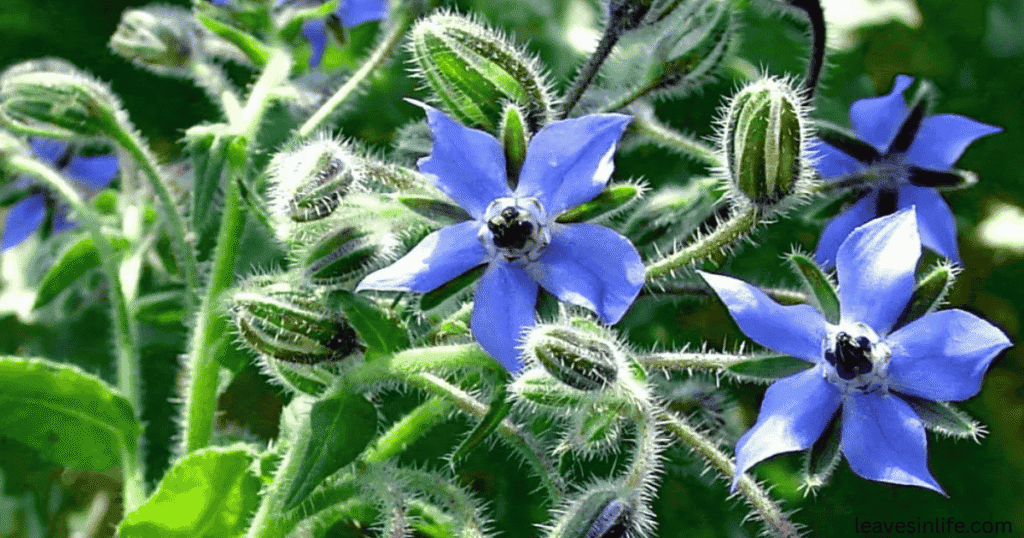
Borage
What to plant with tomatoes to increase pollination? Borage is the best option, its flowers attract bees, hoverflies, and other pollinators, ensuring better seed set and higher tomato yield. It repels tomato other pests, improves soil by bringing up nutrients like potassium and calcium from deep layers, and enhances tomato growth and flavour. Borage reseeds itself, so once planted, it keeps benefiting your tomatoes with very little effort.
Tips to grow borage near tomatoes:
- Plant borage beside tomato rows to attract pollinators.
- Give it enough space as it grows tall and wide.
- Allow it to reseed naturally for continuous benefits each season.
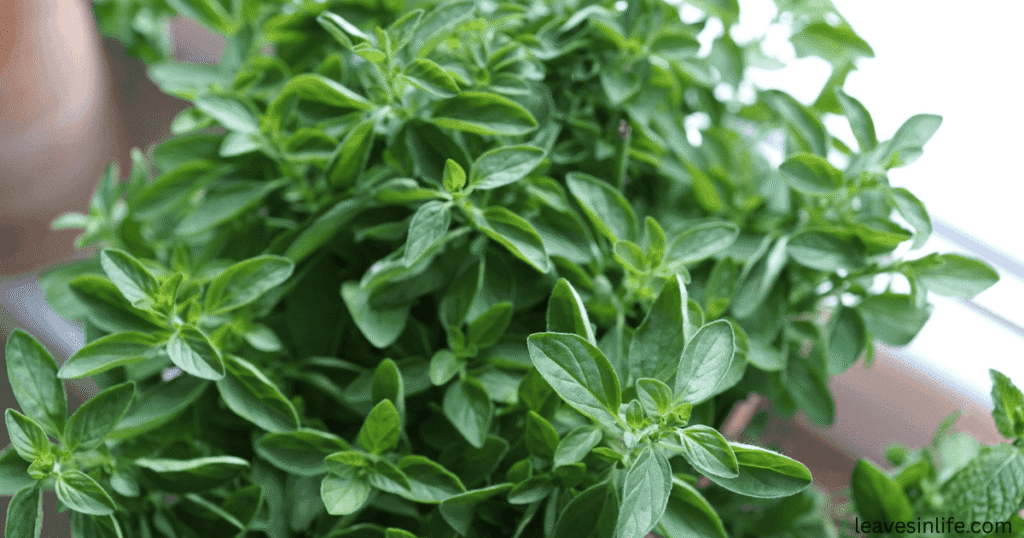
Oregano
Oregano is a smart companion for tomatoes. its tiny blooms draw in bees and beneficial insects, helping tomato flowers produce more seeds and boosting yield. Its aromatic oils keep away pests like aphids, while its ground-covering growth conserves soil moisture and suppresses weeds. Oregano is perennial, it keeps working alongside your tomatoes season after season, making it one of the best plants to grow from seed near them.
Tips to grow oregano near tomatoes:
- Plant oregano at the edges of tomato beds as a ground cover.
- Trim regularly to keep it from spreading too much.
- Let its flowers bloom to attract pollinators and beneficial insects.
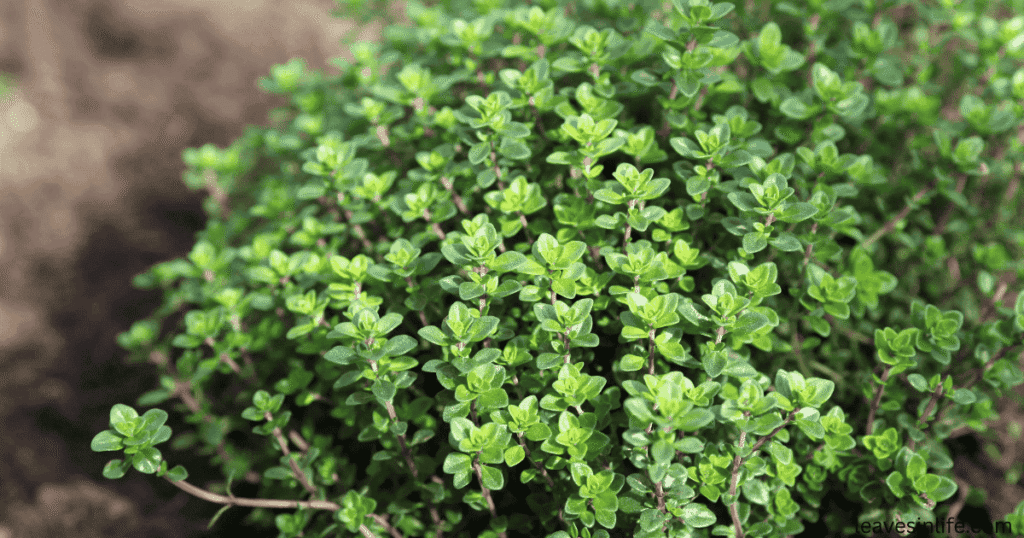
Thyme
Wondering about what to plant with tomatoes? Thyme is a great choice, as its tiny nectar-rich flowers attract bees and pollinators, helping blossoms set more seeds and boosting yield. Its strong aroma repels pests like whiteflies, while the low, spreading growth works as natural mulch, keeping soil cool and moist. Easy to grow, thyme keeps protecting and supporting tomatoes season after season.
Tips to grow Thyme near tomatoes:
- Plant thyme around the base of tomato plants as a low ground cover.
- Keep soil well-drained since thyme dislikes soggy conditions.
- Allow thyme to flower for attracting pollinators and repelling pests.
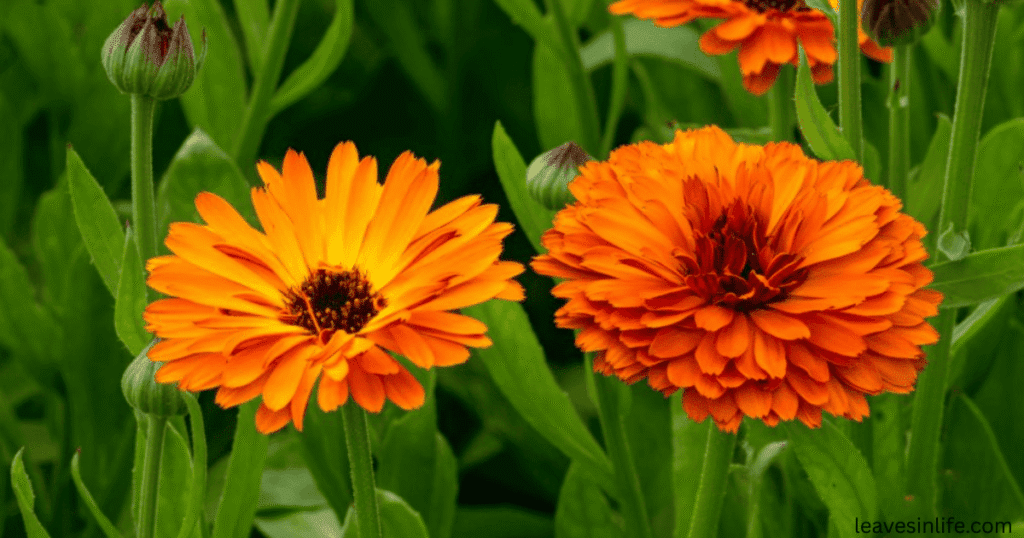
Calendula
A great companion plant for tomatoes is calendula, as its golden flowers invite bees and pollinators that boost fruiting and seed set. It also acts as a trap crop, pulling pests like aphids away from tomatoes while brightening the garden with continuous blooms. Easy to grow from seed, calendula supports healthier, more productive tomato plants all season long.
Tips to grow basil near tomatoes:
- Sow calendula seeds directly near tomato rows in spring.
- Deadhead spent flowers to encourage continuous blooming.
- Use petals and leaves as mulch to enrich the soil and deter pests.
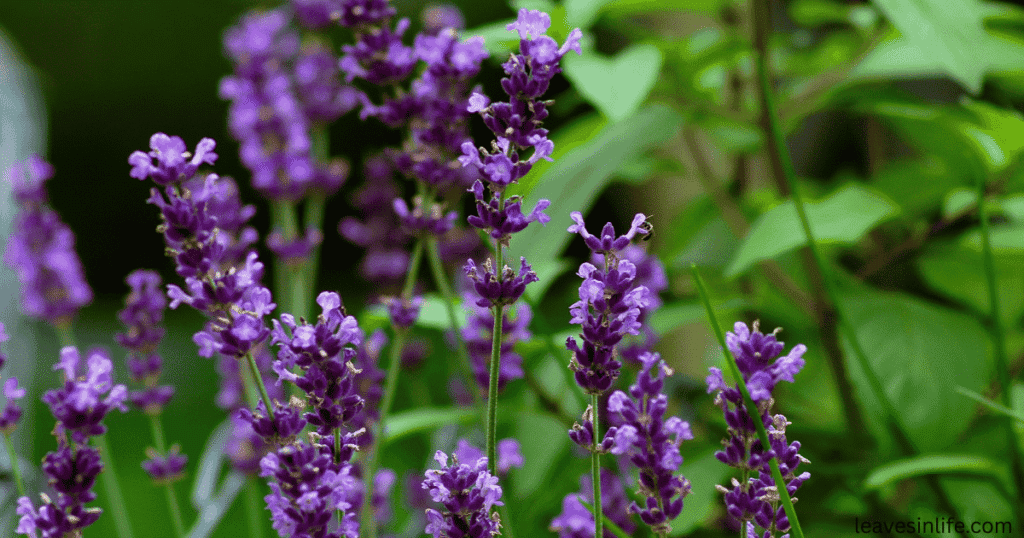
Lavender
If you are wondering for what to plant with tomatoes, lavender stands out as a wise choice. It attracts bees and butterflies to improve pollination and keeps harmful insects like moths and aphids away with its strong fragrance. Its deep roots help in maintaining soil balance, while its low-water needs make it easy to grow alongside tomatoes without stress. Lavender ensure healthier growth, better yield, and a garden filled with fragrance and beauty..
Tips to grow lavender near tomatoes:
- Plant lavender a little distance from tomatoes to give space for airflow.
- Choose a sunny, well-drained spot since lavender dislikes wet soil.
- Trim back after flowering to keep it bushy and healthy.
What to plant with tomatoes to repel dear
If you are thinking about what to plant with tomatoes to repel deer, the best companions are strongly scented herbs and flowers. Deer dislike the aroma of garlic, chives, onions, basil, oregano, rosemary, and lavender, so planting these near tomatoes helps keep them away. Flowers like marigolds and nasturtiums also add a strong scent barrier that discourages deer while still attracting pollinators. By mixing these protective plants around your tomato patch, you reduce deer browsing and support healthier tomato growth.
Overview
- Garlic – Plant garlic near tomatoes; its pungent smell naturally keeps deer away while also discouraging smaller pests.
- Rosemary – Grow rosemary along tomato beds or in pots; its woody, aromatic leaves form a strong scent barrier against deer.
- Sage – Place sage around your tomatoes; its earthy fragrance is one that deer dislike, helping to guard your plants.
- Basil & Mint – Tuck basil close to tomatoes and keep mint in pots nearby; together, their sharp and refreshing aromas make the garden far less inviting for deer.
- Marigold & Lavender – Plant marigolds and lavender around tomato rows; the musky scent of marigolds combined with lavender’s sweet fragrance creates a natural shield that deters deer while adding beauty to the garden.
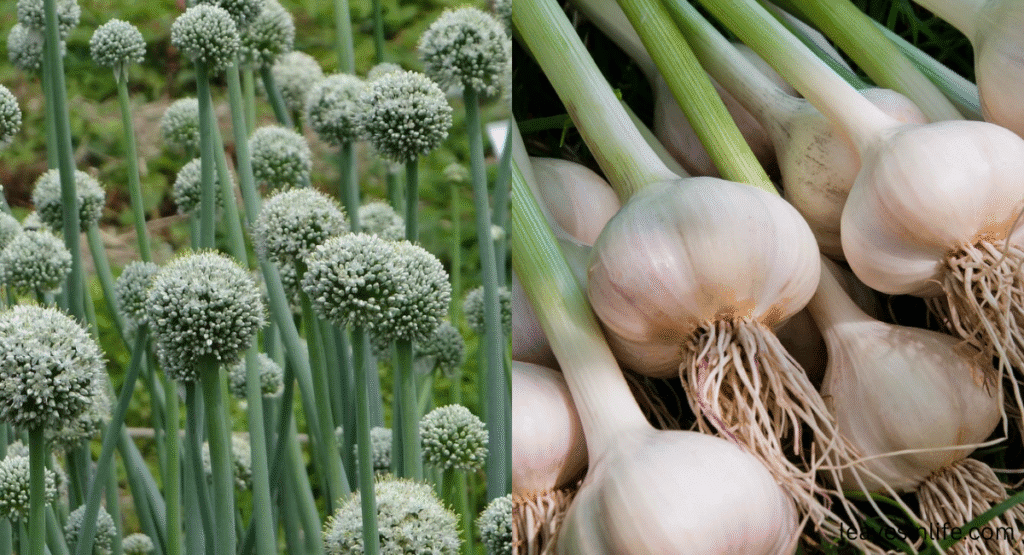
Garlic
Garlic is one of the most effective companions that you can plant with tomatoes if you’re worried about deer. Its strong, sharp scent naturally keeps deer away, since they dislike the smell and tend to avoid areas where garlic is growing. By tucking a few garlic plants around your tomato bed or mixing them between rows, you create a gentle but reliable barrier that discourages deer while still keeping the garden natural. Garlic also helps deter smaller pests like aphids, so your tomatoes stay healthier.
Tips to grow garlic near tomatoes:
- Plant garlic cloves around tomato beds as a natural scent barrier.
- Space them 4–6 inches apart for healthy bulb growth.
- Replant cloves each season to maintain a steady deer deterrent.
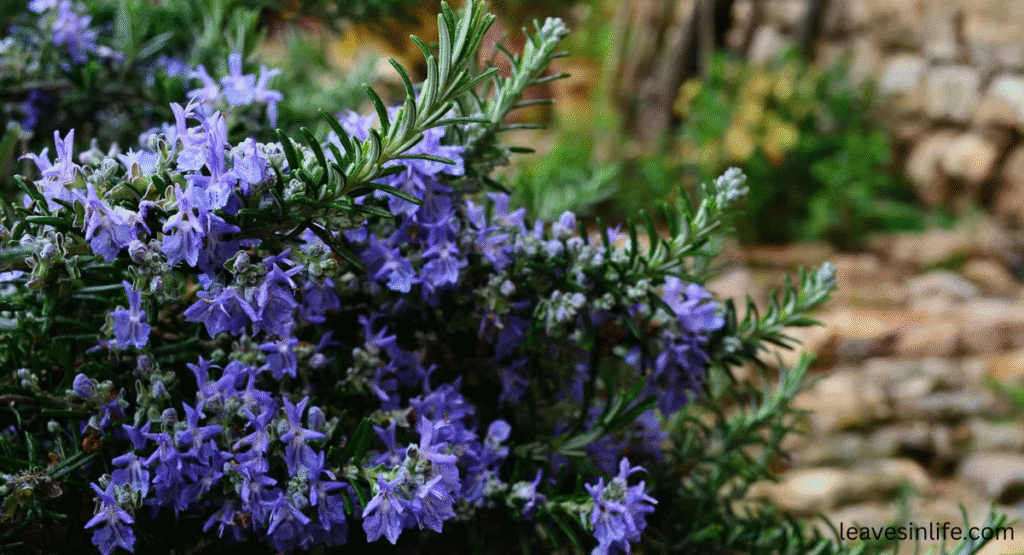
Rosemary
If you’re looking for what to plant with tomatoes to keep deer and rabbits away, rosemary is a great option.
Its strong, woody fragrance is something these animals dislike, so they avoid the area. Planting rosemary along the edges of your tomato bed or in pots nearby creates a natural barrier.
This simple trick helps protect your tomatoes without needing chemicals.
Tips to grow rosemary near tomatoes:
- Plant rosemary along the edges of tomato beds or in nearby pots.
- Give it full sun and well-drained soil for strong growth.
- Trim regularly to release more aroma, which helps keep deer away.
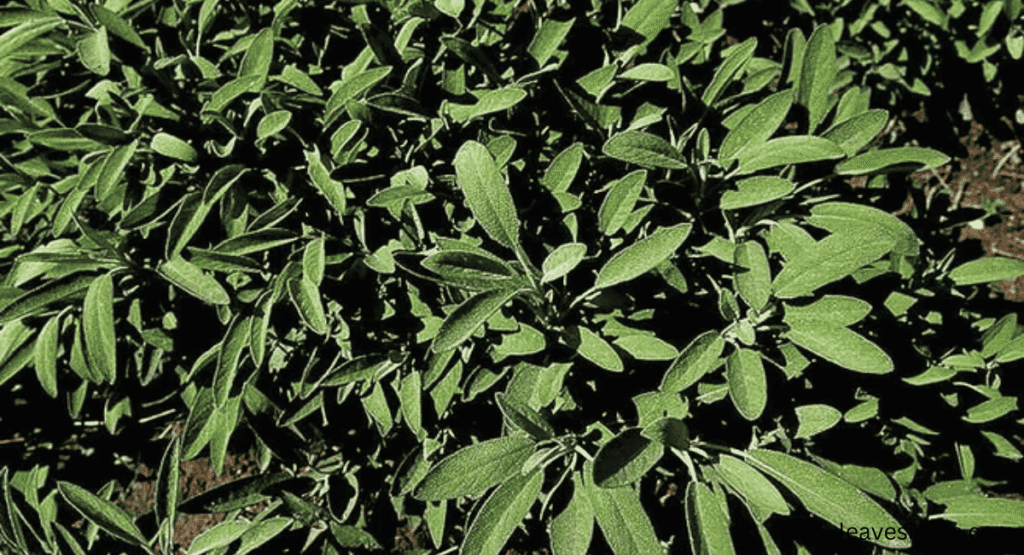
Sage
Looking for what to plant with tomatoes to stop deer and rabbits from snacking in your garden? Try sage. This gives off a strong, earthy aroma that animals can’t stand. plants around your tomato bed or along the garden’s edge, and deer and rabbits will think twice before coming closer.
Sage doesn’t ask for much care, yet it quietly guards your tomatoes.
Tips to grow sage near tomatoes:
- Plant sage in clusters around tomato beds for a stronger scent barrier.
- Choose a sunny spot with well-drained soil to keep it healthy.
- Prune lightly during the season to boost its fragrance and growth.
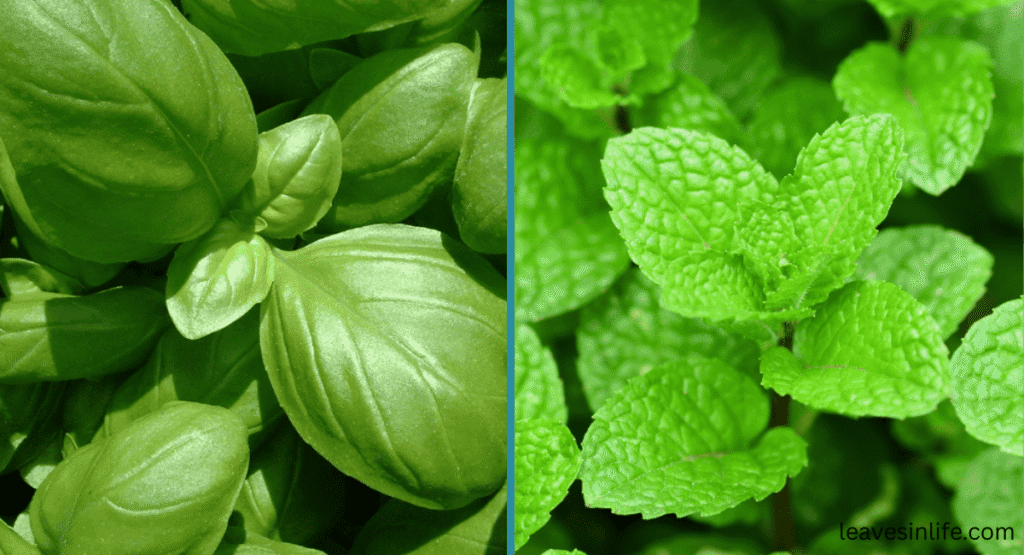
Basil and mint
As i narrated before, Basil gives off a sweet yet sharp scent that deer usually avoid. Mint, with its cool, refreshing aroma, works like a natural barrier that discourages rabbits and other small animals from wandering into your tomato patch.You should plant them around or between your tomato rows, and theyll not only protect your garden but also have fresh herbs on hand whenever you need them.
Tips to grow basil and mint near tomatoes:
- Plant basil close to tomatoes, but grow mint in pots to stop it from spreading.
- Place the mint pots around tomato beds to form a strong scent shield.
- Harvest leaves often — this keeps plants bushy and releases more aroma deer dislike.
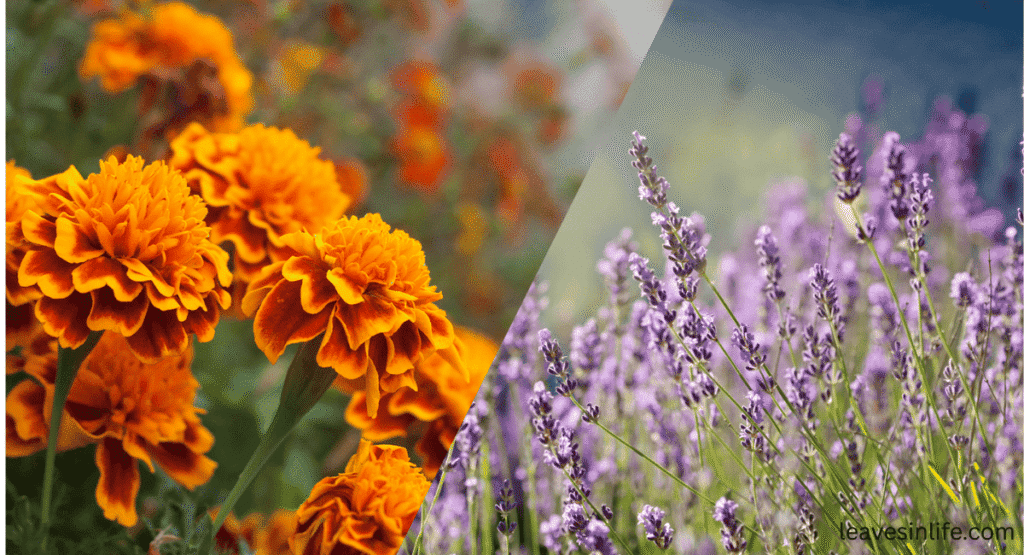
Marigold and lavender
Everytime a asked myself what to plant with tomatoes to help keep deer and rabbits away, marigold and lavender make a lovely pair with to much benefits. Marigolds release a bold, musky scent that many garden pests and browsing animals find unappealing, so they tend to steer clear.
Lavender, with its calming fragrance, may smell wonderful to us but works as a natural deterrent for deer and rabbits
Tips to grow marigold and lavender near tomatoes:
- Plant marigolds between tomato rows for continuous scent and pest control.
- Grow lavender slightly apart in sunny, well-drained soil for best fragrance.
- Deadhead marigolds and trim lavender to keep blooms coming and scents strong.
Tomatoes to increase soil fertility
If you are wondering what to plant with tomatoes then take soil fertility into your mind. By planting companion plants near tomatoes, it simply enrich the soil directly or help maintain its health for stronger tomato growth. For example, legumes like beans and peas fix nitrogen in the soil, providing a natural nutrient boost. Herbs such as borage and comfrey pull up minerals from deep in the ground and return them to the topsoil when their leaves decompose. Ground covers like thyme or oregano prevent soil erosion, conserve moisture, and add organic matter over time. By growing such companions alongside tomatoes, you create a healthier soil ecosystem that reduces the need for chemical fertilisers while steadily improving fertility.
Overview
- Pole Beans & Peas – Plant these climbing legumes near tomatoes; they fix nitrogen in the soil, giving tomatoes a steady supply of nutrients for lush growth.
- Comfrey – Grow comfrey close by and use its leaves as mulch; the plant’s deep roots pull up potassium, calcium, and magnesium, feeding tomatoes naturally.
- Clover – Let clover spread as a living mulch; it not only adds nitrogen but also improves soil structure, holds moisture, and suppresses weeds.
- Carrots – Sow carrots alongside tomatoes; their deep roots loosen the soil, helping tomato roots access water and nutrients more easily.
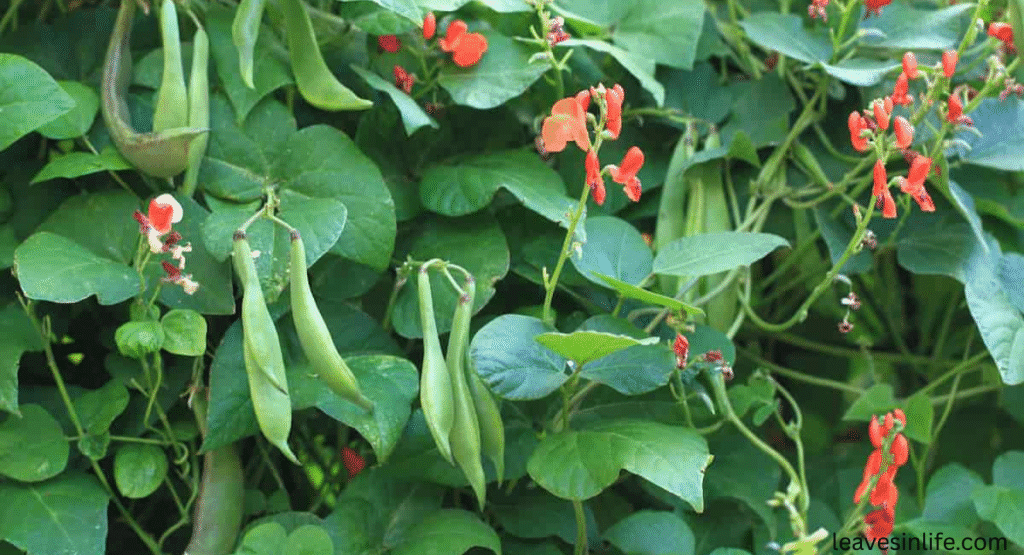
Pole Beans
what to plant with tomatoes To improve soil fertility? pole beans are highly recommended.They’re part of the legume family, which means they fix nitrogen in the soil (a nutrient tomatoes need for strong growth and healthy leaves). They naturally enrich the soil without relying on extra fertiliser. They climb vertically, so they won’t compete much for space, making them both practical and beneficial companions in the garden.
Tips to grow pole beans near tomatoes:
- Plant pole beans on supports or trellises near tomatoes so they climb vertically.
- Make sure they don’t shade tomato plants by placing them on the north side.
- Let beans enrich the soil naturally with nitrogen for healthier tomato growth.
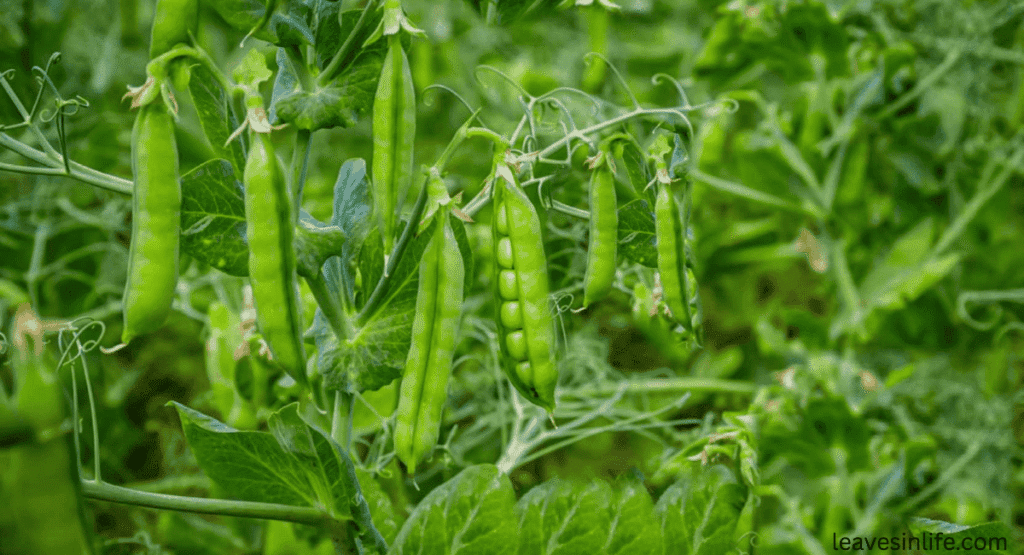
Peas
so you’re deciding what to plant with tomatoes to boost soil fertility, peas are a great option. Like beans, peas are nitrogen-fixing plants, which means they add this vital nutrient back into the soil. Tomatoes thrive on nitrogen, so planting peas nearby gives them a natural growth boost.
Since peas grow upright on supports, they won’t take up much ground space, making them easy to fit in beside your tomato plants.
Tips to grow peas near tomatoes:
- Plant peas early in the season along supports near tomato rows.
- Position them so they don’t block sunlight from tomatoes.
- Allow pea roots to fix nitrogen in the soil, boosting tomato health naturally.
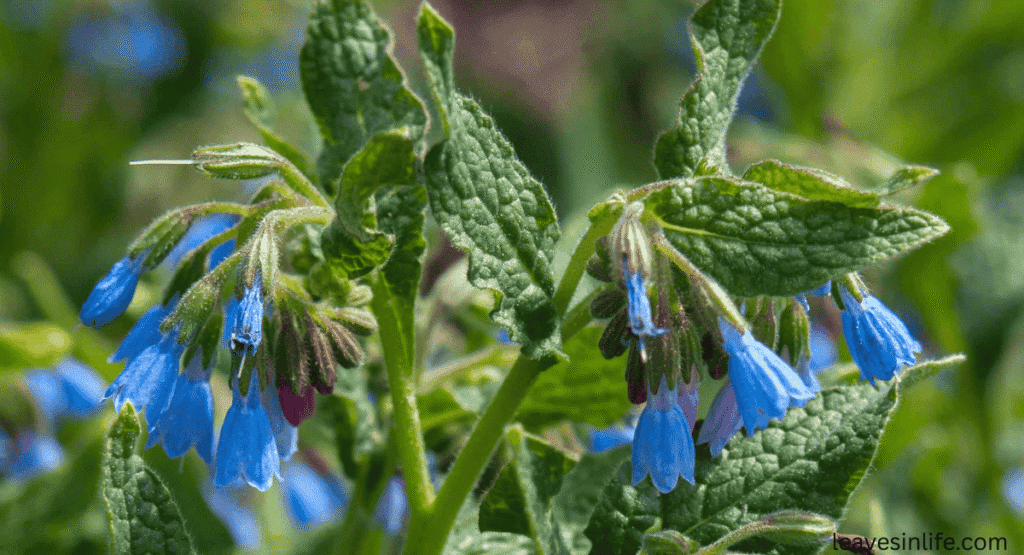
Comfrey
comfrey is a powerful companion and an answer to what to plant with tomatoes. Its deep roots pull up nutrients like potassium, calcium, and magnesium from the subsoil, bringing them closer to the surface. When comfrey leaves are cut and used as mulch around tomatoes, they slowly break down and act as a natural fertiliser, boosting plant health and fruit production. Planted nearby, comfrey works as a living nutrient pump that keeps your tomatoes strong and productive all season long.
Tips to grow comfrey near tomatoes:
- Plant comfrey a short distance from tomatoes since it grows large leaves.
- Cut and lay comfrey leaves around tomato bases as a natural mulch.
- Let its deep roots pull up nutrients like potassium and calcium to enrich the soil.

Clover
Clover is also a nitrogen-fixing plant. it naturally adds nutrients back into the ground, giving tomatoes the rich soil they need to thrive. It also acts as a living mulch, covering the soil, holding in moisture, and keeping weeds down. With clover around your tomato plants, you get healthier soil, less maintenance, and stronger harvests. A great answer of what to plant with tomatoes to have multiple rewards.
Tips to grow clover near tomatoes:
- Sow clover as a living mulch around tomato plants.
- Trim it back if it grows too tall, so your tomatoes still get enough sunlight.
- Let clover fix nitrogen in the soil and improve moisture retention naturally.
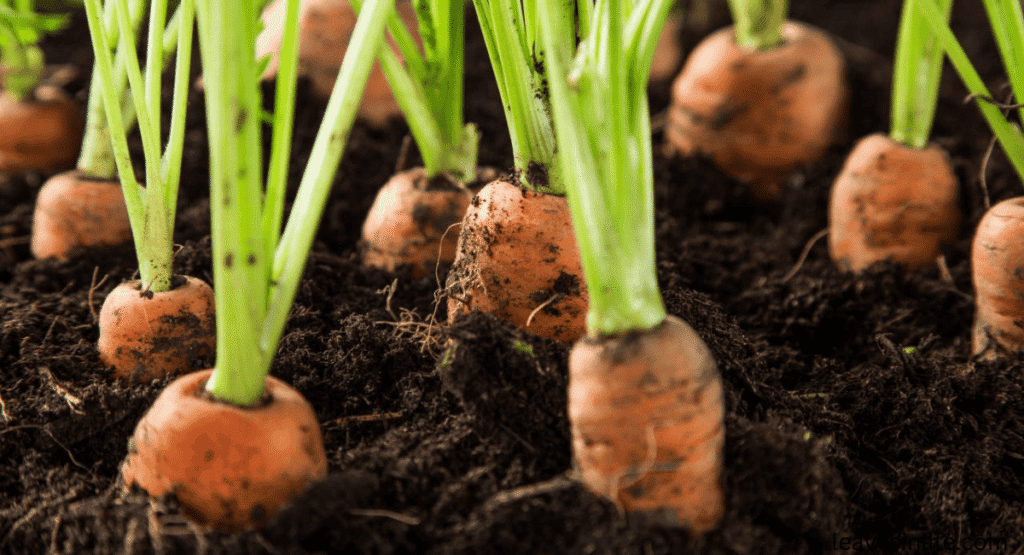
Carrots
If you’re wondering what to plant with tomatoes for a natural boost, carrots are a smart companion.They grow deep roots that gently loosen the soil, making it easier for tomato roots to spread and take in nutrients.
Since carrots grow underground and tomatoes grow above, they don’t compete much for space.
The result is healthier soil structure and a more efficient use of your garden bed.
Tips to grow carrots near tomatoes:
- Sow carrots between tomato rows to make use of underground space.
- Keep soil loose and well-drained so carrot roots grow deep.
- Their roots naturally loosen the soil, helping tomato roots access water and nutrients.
Conclusion
So, in the end, if you’re still asking yourself what to plant with tomatoes, just look around your garden. Some plants stand as protectors like garlic, rosemary, sage, basil, mint, marigold, and lavender, keeping away deer, rabbits, and harmful pests. Others work silently underground beans, peas, clover, comfrey, and carrots fixing nitrogen, loosening the soil, and feeding your tomatoes with the strength they need. When you bring them together, your tomato patch turns into a balanced little ecosystem: fewer problems, healthier soil, and more delicious harvests.
Check out our other blogs related to tomatoes:

